Pre-ride Bike Checks
So you are planning to head out for a ride with your club, friends or family. Or you coming up to Monday morning, the weather is looking good and you are thinking of commuting to work by bike. Before you do though, have you checked your bike over? We have put together our pre-ride bike check list to help make your ride safer before you set off.
Brakes
One of the most important components on your bike. We recommend you check your brakes, caliper, levers and inbetween (assuming you have the cables routed externally) before every ride. Check the brake pads for wear. It is worth wiping over the pad with a dry cloth to remove any dirt and grease which could reduce the brakes stopping power. Check the alignment of the caliper (or disc if applicable) to make sure their is no friction caused by the pads rubbing against the rim (or disc). Look at the cable tension and adjust if necessary with the tension screw.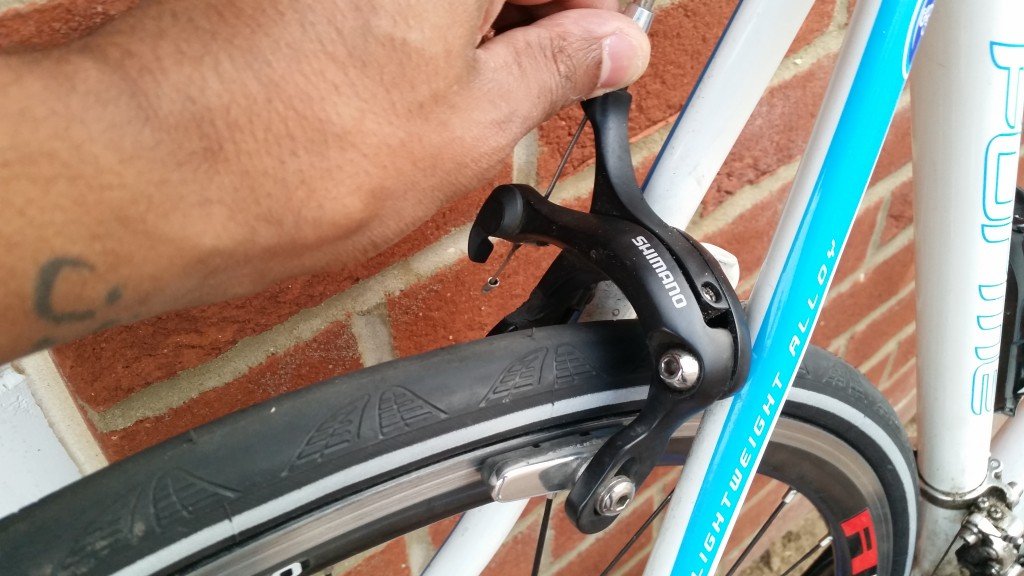 As important as checking the brakes at the wheel end and the cable, you should check the levers too. Most of the adjustments will be made at the caliper end but it is worth checking the tension by pulling the lever. If you ride a flat bar bike, there will often be a tension screw adjustment where the cable enters the lever. On a road bike or drop bar lever, check the cable for fraying by pulling the lever and looking in the opening (again where the cable joins the lever).
As important as checking the brakes at the wheel end and the cable, you should check the levers too. Most of the adjustments will be made at the caliper end but it is worth checking the tension by pulling the lever. If you ride a flat bar bike, there will often be a tension screw adjustment where the cable enters the lever. On a road bike or drop bar lever, check the cable for fraying by pulling the lever and looking in the opening (again where the cable joins the lever).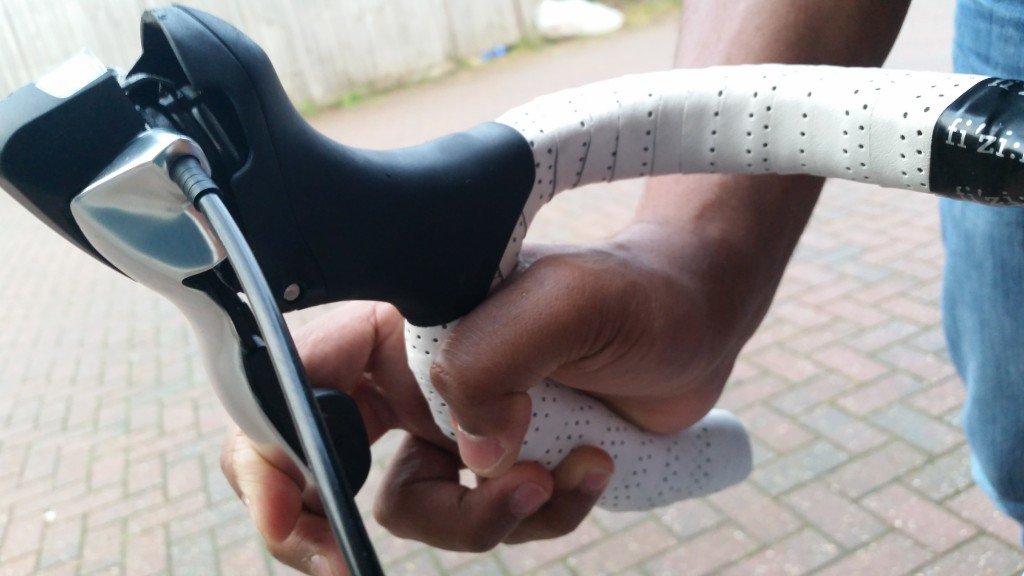
Lubrication
Your bike is made up of many moving parts. If you are riding a geared bike, you will want to make sure all of the components are working, derailleurs are shifting smoothly and chain is well maintained and not rusting (also applies to fixed and single speed bikes). There are many lubricants on the market from sprays to thick wet weather protectors. Spray lubricants are good for getting into all of the moving parts of the drive train. Keep your chain well maintained and lubricated as It helps disperse water and repel dirt. During the winter or riding in wet conditions, it is worth looking at a synthetic wet lube to protect your chain.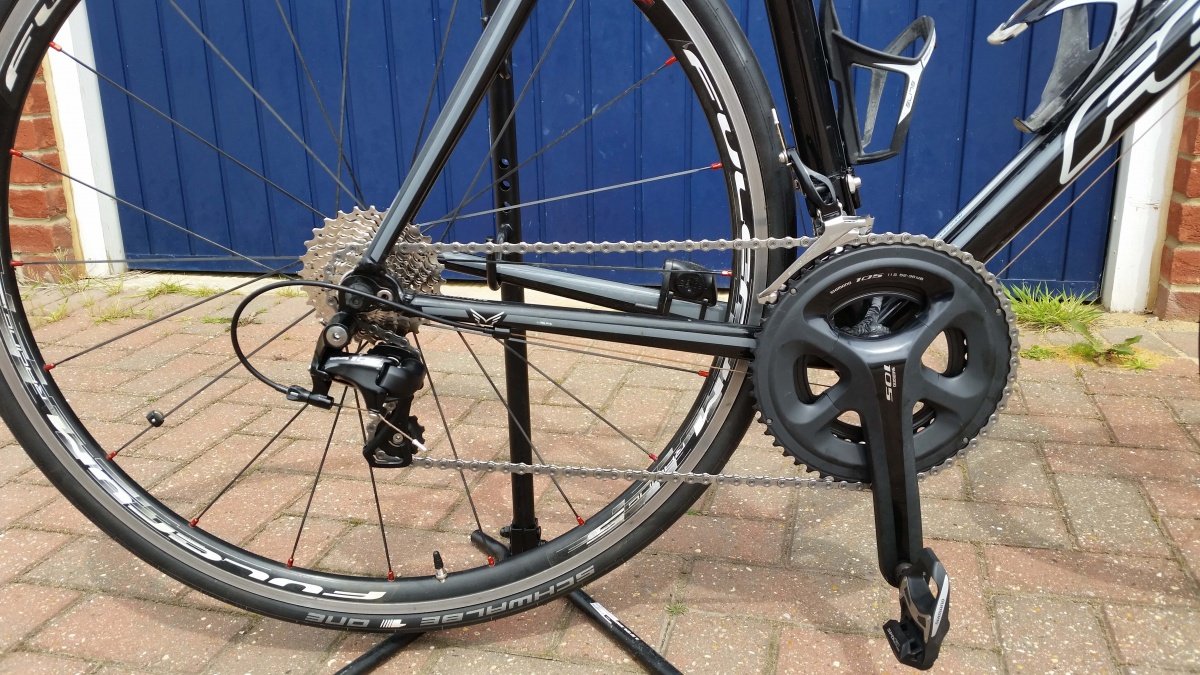
Wheels & Tyres
Give your wheels a quick spin to make sure the are running smoothly and are not out of true. The pothole you couldn't avoid on your last ride may have knocked your wheel out without you realizing. Lifting the front then rear wheel slightly off the ground and giving them a gently spin, you will soon see if there is any side movement or rubbing against the brake pads. A light movement shouldn't cause you too much of an issue and you may just need to tighten the spokes. But if your wheel comes to a stop because it is catching on the brake pads, DON'T ride it until you have had the wheel trued properly.Your bike tyres are going to work harder that any other part on your bike. They will have to carry you for the length of your ride, whilst maintaining maximum grip and pressure. You should ideally check these before or after every ride, or even both. There are the obvious signs of wear and tear like cuts in the tread surface or splits in the tyre wall, but tyres made with a softer rubber compound can pick up glass, grit and debris which can become embedded in the tyre. This may not cause an immediate issue but it could work its was down towards the tube and cause a puncture mid-ride. Pick out and rogue material and debris in your tyres before you set off. Something we do is to get a damp cloth and whilst holding it against the tyre, spin the wheel. This will remove any grit on the surface of the tyre. If you have off-road tyres this may prove to be a little difficult but you can still check for tyre intruders like thorns.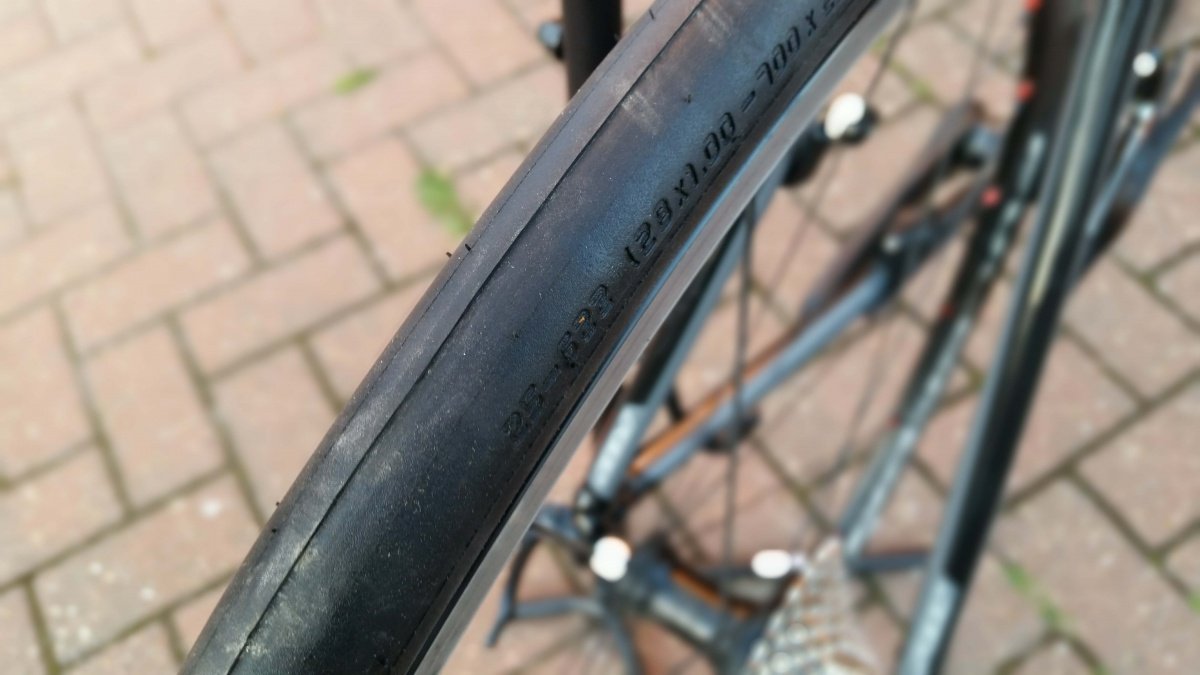 Always check your tyre pressure before riding. Even the temperature in you garage or garden shed (depending on where you keep you pride and joy) can affect the pressure of your tyres. We recommend using a track pump as this will make inflating much quick and less effort than a conventional hand pump. Most track pumps also have a pressure gauge built in. Make sure your tyres are inflated to the correct pressure for the weather conditions and time of year.
Always check your tyre pressure before riding. Even the temperature in you garage or garden shed (depending on where you keep you pride and joy) can affect the pressure of your tyres. We recommend using a track pump as this will make inflating much quick and less effort than a conventional hand pump. Most track pumps also have a pressure gauge built in. Make sure your tyres are inflated to the correct pressure for the weather conditions and time of year.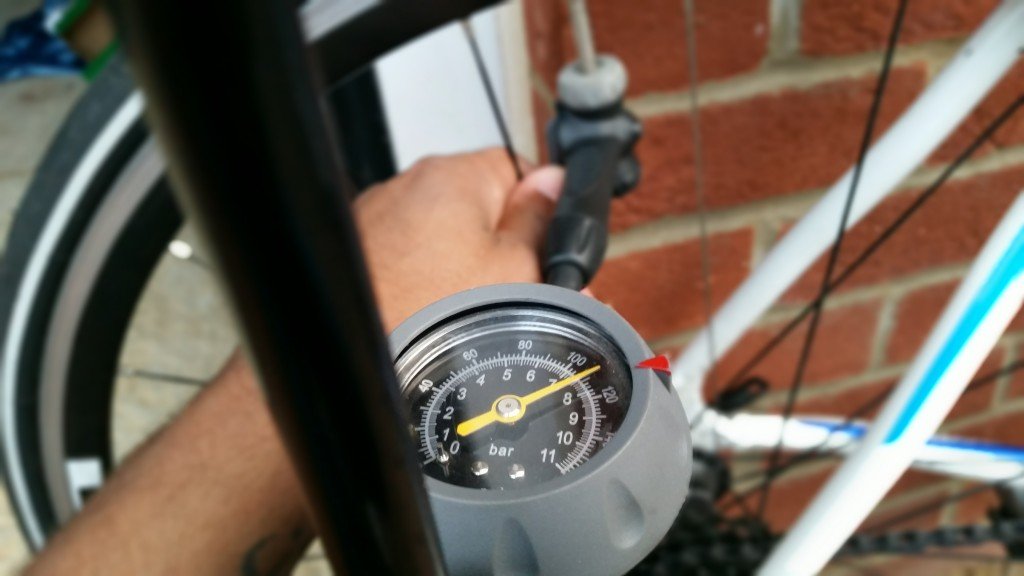
Accessories and kit
Lastly, spend a few minutes making sure you have working lights and the batteries are charged. We always recommend that you carry a backup set of safety lights in the winter or if you are riding at night as a precaution. You should also make sure you have a puncture repair kit and/or spare inner tubes, a pump and any tools that you may need. Check out out Cycling Survival Kit for the things we recommend you carry with you.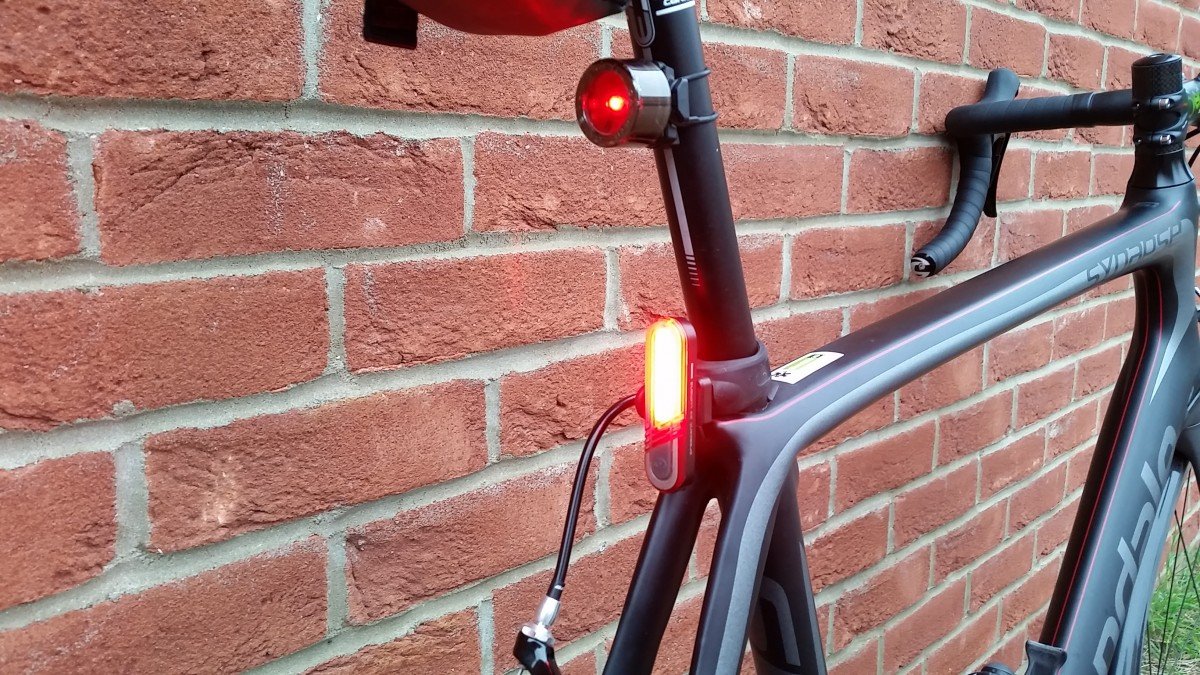 As well as your accessories, check your kit. Having been in a situation where a cleat bolt worked its way out of the shoe - causing the cleat to lock into the pedal, we strongly advise that you check over your kit before you ride. This includes checking your shoes and cleats (if using them) and your cycle helmet. Check the fastenings and head restraints do up and undo properly and securely. Check the helmet hasn't picked up any knocks or hasn't got any small dents in the shell.
As well as your accessories, check your kit. Having been in a situation where a cleat bolt worked its way out of the shoe - causing the cleat to lock into the pedal, we strongly advise that you check over your kit before you ride. This includes checking your shoes and cleats (if using them) and your cycle helmet. Check the fastenings and head restraints do up and undo properly and securely. Check the helmet hasn't picked up any knocks or hasn't got any small dents in the shell.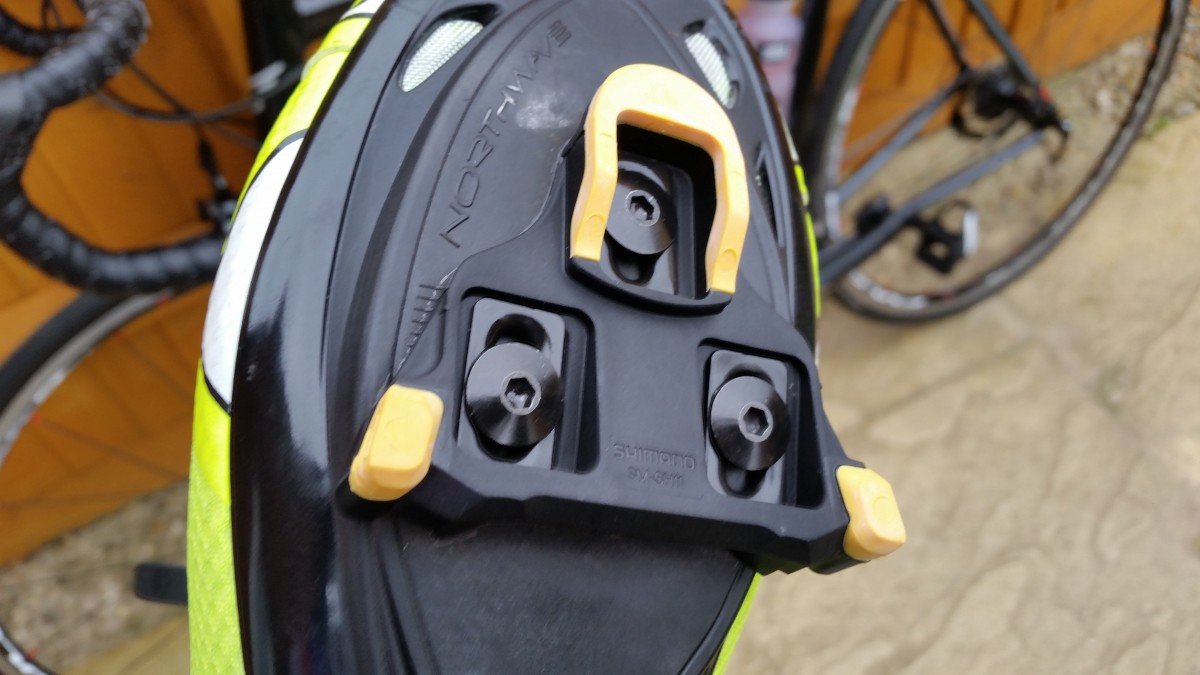 Not all of these will be necessary for everyone but it will take about 10 minutes to perform these routine checks (providing no repairs are required) and should help make your ride safer.AATR
Not all of these will be necessary for everyone but it will take about 10 minutes to perform these routine checks (providing no repairs are required) and should help make your ride safer.AATR

